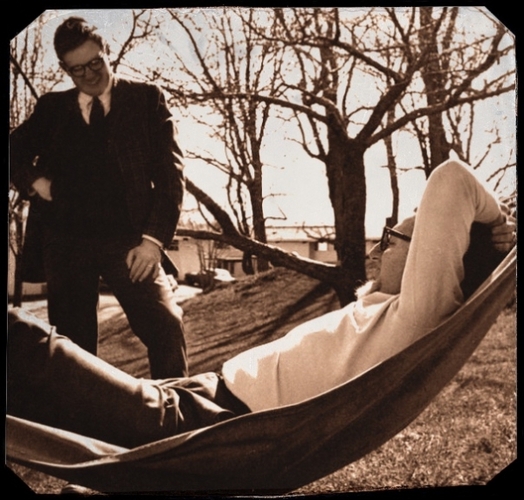GUILFORD — So the other shoe has fallen, as expected: The Marlboro College we knew is gone forever. We are all in some form of mourning.
Emerson College is an honest institution, and I wish the best for the Marlboro Institute of Liberal Arts and Interdisciplinary Studies there, but while our academic program may be largely reproducible in an urban setting, the rural setting close to nature plus the sense of community with the town meeting form of self-government, all of which helped define us, are not.
Perhaps the merger had to be, but I am still not convinced. After all, when the College was first accredited in 1965 (on its first attempt - rare), it had 29 faculty members, 16 staff members, 140 students and, if I remember correctly, virtually no endowment (well under $1 million).
I yield that conditions have changed radically since that time, when there was a surplus of students because of the backlog followed by the baby boom after World War II. But I am still not convinced a merger was necessary.
Of course, I also yield that both fees and expenses have increased exponentially since that time, government regulations have proliferated, the College operated a plant for 250-300 students, not 150, and there are fewer students in the college-going cohort because college-age demographics are changing.
Most significant, liberal education is devalued and vocational education put in its place, to the point where how much graduates earn five years after graduating has become a factor.
It seems to many of us, nevertheless, that with between a $30 and $35 million endowment (it once approached $45 million) and with radical reimagining, a college of approximately 150 students true to Marlboro's founding principles would have been financially viable today on Potash Hill.
Was there ever a real attempt to figure out what kind of a liberal arts college true to Marlboro's principles could be reconfigured with 150 students and an endowment of that size? As we look back, the procedure appears faulty and communication inadequate.
“As 'tis, 'tis,” however. It is time to turn from the past, which we can no longer affect, and turn to the future, which we can.
I am still in deep mourning and will be for the rest of my life, for did I not spend over half my working years at Marlboro? Marlboro is in my blood, to the extent my wife keeps pointing out to me that when I refer to the College I still, after 39 years away, unconsciously refer to it as “we.”
* * *
Mourning is inevitable and important. My great concern at the moment, however, is not the past, not the painful loss of Marlboro, but the future - the future of liberal learning in our nation.
It will probably survive in the leading independent universities such as the Ivies, the University of Chicago, Stanford University, and even the public UC-Berkeley.
But what about the loss of many of the best small residential liberal arts colleges which traditionally have fed the best graduate schools?
What about the loss of the wide variety of liberal arts colleges?
Of small colleges, will only the vocational ones remain? Will that lead to an exaggerated class distinction based on money and privilege?
* * *
The status of the nation today reveals that our educational system as a whole has failed. Look at our malfunctioning government in Washington, our response to the pandemic, our racial strife.
A liberal education had its source in ancient Athens, where it was the education for the free man as opposed to the slave. What does that mean in the 21st century, where in the United States “man” now means all people and where slavery is illegal?
A liberal education teaches us to think, think for ourselves - so important in an age that is faced not only with material threats such as nuclear stockpiles, global warming, and COVID-19, but cultural ones.
Lectures and distance learning can transmit facts and some procedures, but only small classes and seminars with intense dialogue (“I disagree,” “Did you also consider?” “What about...?”) teach us to think.
At a time when the world is becoming more multiracial, more multicultural; at a time when centrifugal forces are trumping centripetal forces; at a time when we are experiencing a cultural change in the West of tectonic proportions (after 1,700 years, a Western culture based on Christian values is being replaced by a secular culture based on materialism just as paganism was replaced by Christianity in the 4th century C.E.); we need to come together thoughtfully.
Our leaders of all kinds need what a liberal education can give them: more than a vocational, more than even a theoretical, education.
Ask institutions, from business corporations to government agencies to nonprofits, what they are looking for in leadership positions, and they will say people who are articulate, can think for themselves, and can interact with many different kinds of people.
The institutions themselves can provide the practical training necessary for what they do.
What prepares their leaders is liberal learning such as Marlboro provided.
We must see that liberal learning survives.
